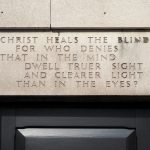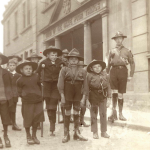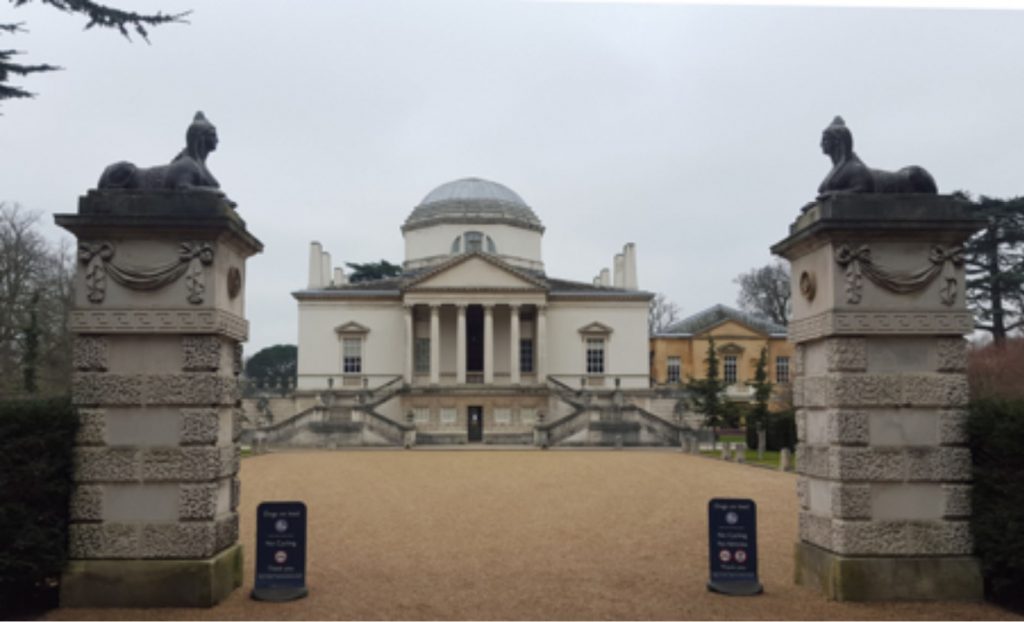My experience of delving into the archives of Chiswick House is a little like treasure hunting within the handwritten notes and faded creased papers. Through this activity I hope to understand the lives of those who have lived and worked there.
Between 1892 and 1928, Chiswick House was a private asylum, run by the Tuke family. During the 19th century increased knowledge and understanding led to a change in attitude toward mental illness and the treatment and care of those affected. The Tuke family advocated more humane treatment methods and the removal of restraints; the patients were able to move freely and to enjoy the house and gardens. As a private asylum (catering for the wealthy) perhaps Chiswick House represents not only the progress that was being made in the treatment of mental illness, but also the difference in care and attitudes towards the mentally ill across the wealth divide in 19th century England.
The biggest difficulty I have encountered so far has been understanding the handwritten notes of the doctors. This has made me aware of how little we tend to read others’ handwriting now and how research in the archives of the future may be a significantly different experience.
I was particularly drawn towards reading the accounts of the female patients at Chiswick House as – much like the disabled, deaf, poor and mentally ill missing from the pages of history – so too women have often been left out. I was interested to read the accounts of these women by their male doctors, alongside their own accounts in letters and fragments recorded and kept at the Wellcome Library archives.
I describe my experience of the archives as being much like a treasure hunt, as often there are disappointments and wrong turns. The biggest difficulty I have encountered so far has been understanding the handwritten notes of the doctors. This has made me aware of how little we tend to read others’ handwriting now and how research in the archives of the future may be a significantly different experience. Yet for all the difficulty the work is also very rewarding; when one finds a page that can interpreted and the life springs from the page it is a pleasure. The content of each document, though physically aged, feels as alive and fresh as the day it was first written. These are not just old historical documents of the past but also describe lived experience, sometimes painful and unsettling, but also engaging and warm. I look forward to exploring more and discovering what these stories from the past might be able to tell me. I am interested to understand how past practices at Chiswick House compare to the treatment of mental illness today.










